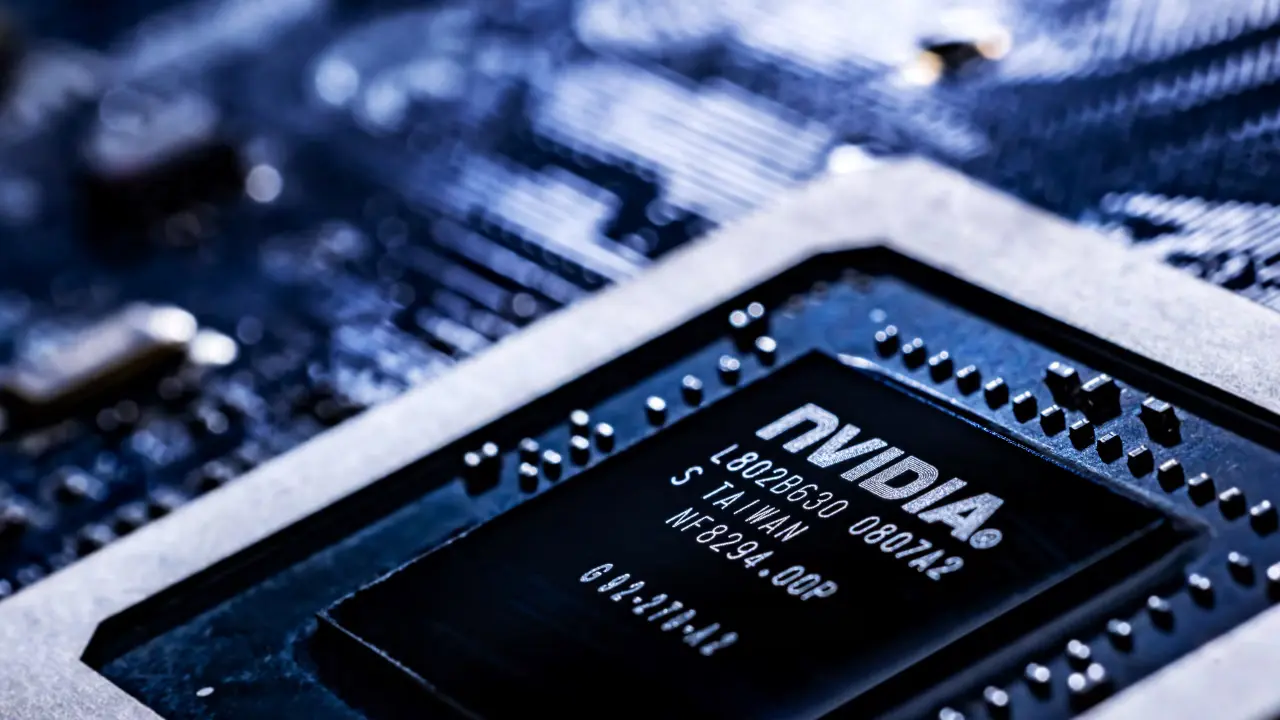NVIDIA CEO Jensen Huang announced a historic development for the world of artificial intelligence and technology. TSMC, one of the world’s largest chipmakers, has successfully completed the first wafer production of NVIDIA’s next-generation Blackwell architecture AI chips in the United States. This development is seen as a major step toward re-establishing itself as a major player in US semiconductor manufacturing.
The “Made in USA” designation on the chips drew attention
Jensen Huang, who personally visited TSMC’s Arizona factory to celebrate this significant development, emphasized the significance of this achievement for the US. “This is a historic moment,” Huang said. “For the first time in recent American history, the most important chip is being produced by a most advanced factory right here in the United States.” This move is seen as a concrete reflection of the Taiwanese tech giant’s vision to bring technology production back into the country and strengthen the US industrially.
The event, also attended by TSMC Arizona CEO Ray Chuang, showcased the rapid expansion of the Taiwanese tech giant’s US manufacturing operations. Moving the production of the world’s most advanced AI chips to the US, considered a pipe dream just a few years ago, is now a reality. This development carries the potential to alter the balance of power in the global supply chain in the long term.
Meanwhile, TSMC’s plans in the US will not be limited to the Blackwell architecture alone. The company announced plans to produce next-generation chips, currently under development, at its Arizona facilities, in addition to more advanced manufacturing technologies such as 4, 3, and 2 nanometers. In this context, the US appears to be on its way to becoming the world’s new semiconductor hub, alongside Taiwan.
TSMC Arizona announced the Blackwell production in April and completed the first wafer production in a record time of just six months. Of course, wafer production is only the first step. These wafers must undergo a series of complex processes, including layering, packaging, etching, and cutting, to become ready-to-use AI chips.
How do you think this strategic move will impact global chip competition? Could the US becoming a new semiconductor hub shift the balance of power in the tech world? We look forward to your comments.



 Shiftdelete.net
Shiftdelete.net









